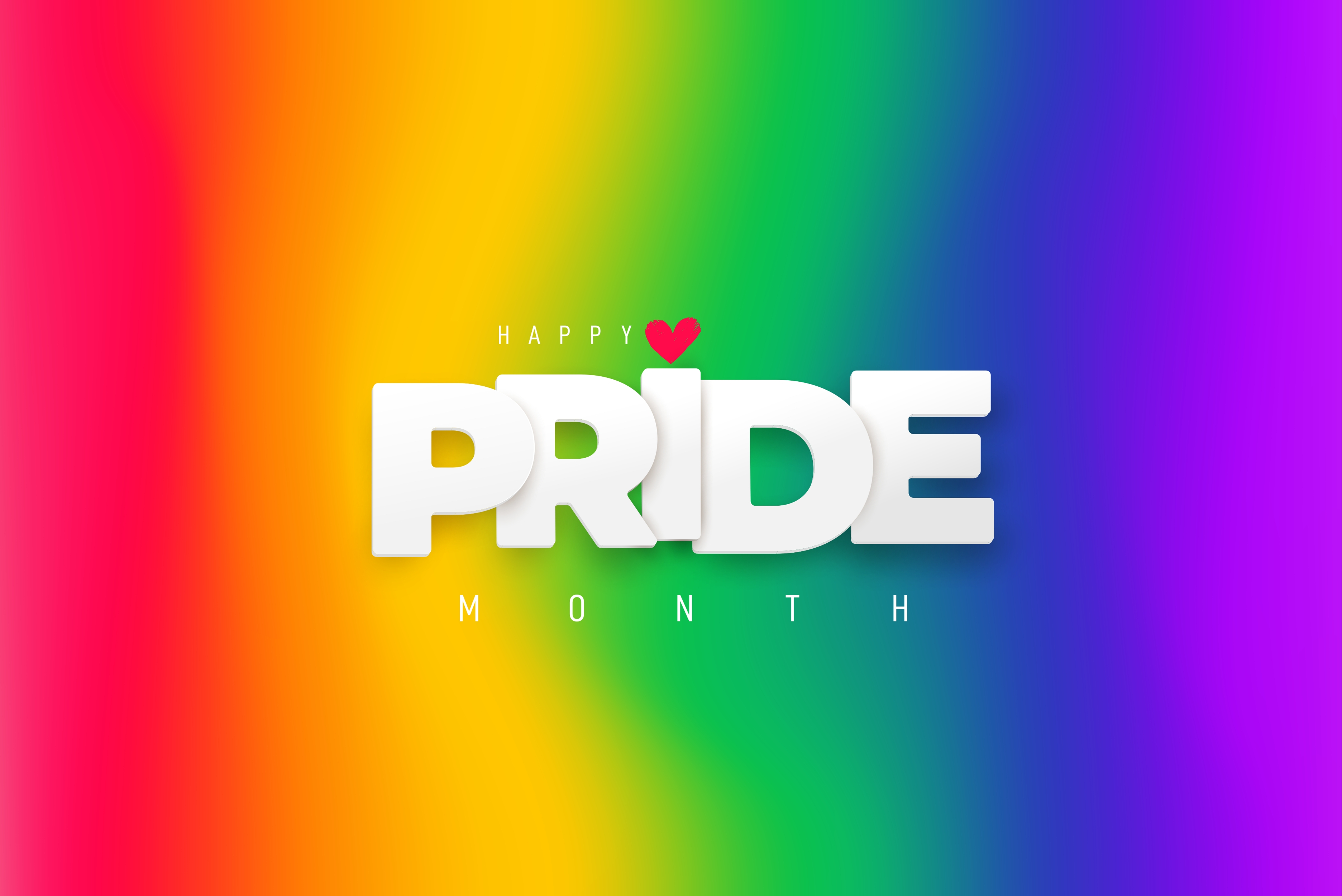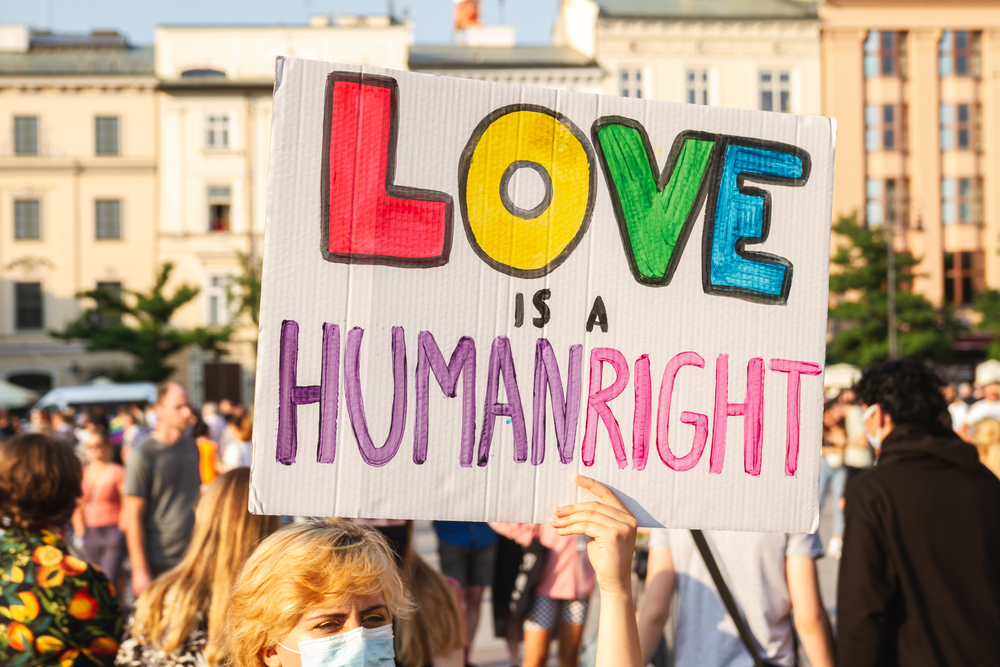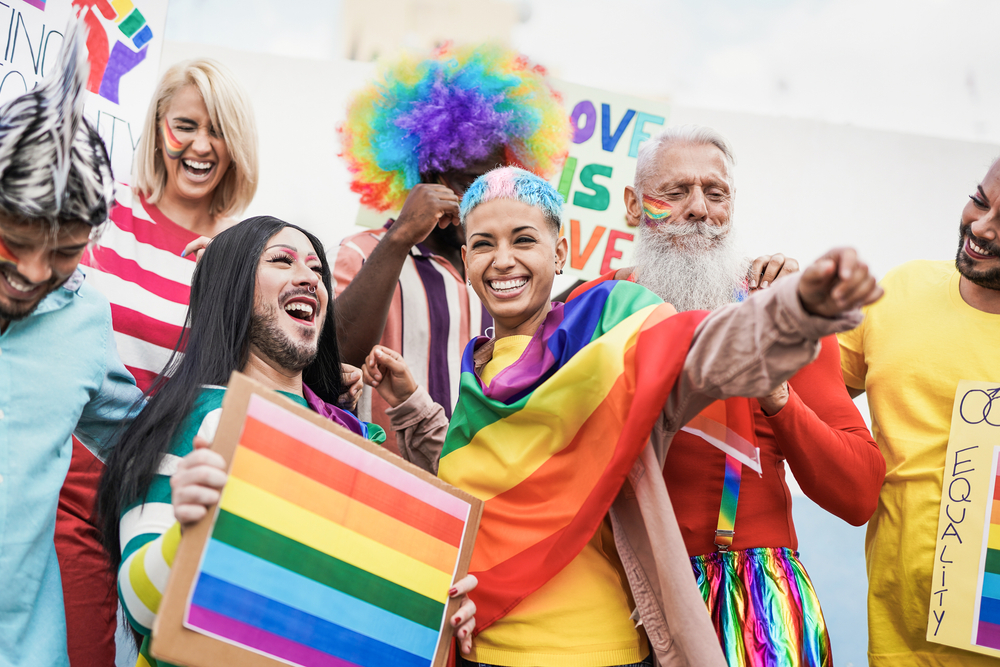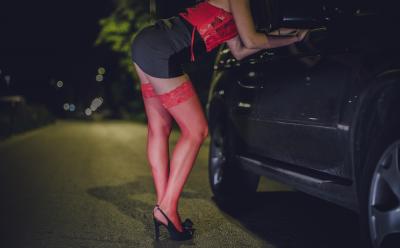The Background Of Pride Month
Categories
Topics
- Sexual Health
- Women's Masturbation
- Women's Self Pleasure
- Anal Sex
- Gay Sex
- Butt play
- Ass Play
- Ass Sex
- Adult retail
- Buying sex toys
- Sex & Relationships
- Sexy Events
- Sexual Wellness
- LGBTQIA+
- Dry Herb Vaporizers
- Adult Lifestyle
- Buying Sex Toys
- Sexual Relationships
- How To Build a Sex Room
- Bondage
- BDSM
- Bad Dragon Dildos
- Lingerie
- Cleaning sex toys
- Sex dolls
- Wax Play
- Women's Wellness
- Sex Machines
- Sex Education
Tags

It's June. And you know what that means! It means it's pride month, and the rainbows and beautiful queer people will come out to celebrate their sexuality. However, it wasn't always like this. Pride month didn't always exist, and an American society that appreciates or even tolerates queerness is by and large a recent phenomenon.
America in the 1950s and 1960s, for example, was rife with rampant homophobia. Sure, there were groups like the daughters of Bilitise (the first lesbian civil and political rights organisation in the United States) that campaigned against the repression of homosexuality in the country, but they were mostly ignored.
So How Did Pride Month Start?
However, that ignorance didn't last for long, as the growing queer movement reached a peak when lesbian, gay, bisexual, and transgender persons rioted following a police raid on the Stonewall Inn, a gay bar at 43 Christopher Street in Greenwich Village, Manhattan, New York City. The raid took place on the morning of Saturday, June 28, 1969, and brought LGBT issues to the attention of the entire country.
Later that year, Craig Roswell, Ellen Broidy, and Linda Rhodes met at the Eastern Regional Conference of Homophile Organisations (ERCHO) meeting in Philadelphia. At the meeting, they proposed the first pride march to be held in New York City to commemorate the spontaneous demonstrations at Stonewall. Most of the homophile organisations at the meeting voted in support of the demonstration, and that's how pride day was born.

By early January of 1970, Roswell, Broidy, and Rhoades had already begun meetings in earnest to organise the demonstration. At this point, the organisers weren't looking to run demonstrations all through June (as it is often done nowadays). Instead, they just wanted one day to commemorate the Stonewall riots. The organisers also reached out to other homophile organisations to organise marches in other cities.
The First Pride March Takes Place
Surprisingly, there was very little open opposition towards the first pride march in New York. In fact, according to the New York Times, some people stood on the sidelines and applauded the march. While the New York march was the first pride march in New York, it wasn't the first in the country. That record goes to the march in Chicago, which was held a day before the New York march. Chicago and New York weren't the only cities to host demonstrations that year— there were also demonstrations in Los Angeles and San Francisco (although the San Francisco demonstration was more of a sit-in than an actual march).
Seeing the success of the demonstrations in New York, other homophile organisations around the country started organising marches in different cities. Over the next few years, cities like Dallas, Boston, Stockholm, Paris, London, Miami, Philadelphia, Detroit, and Atlanta began pride demonstrations every June.
In the 80s and 90s, radical changes saw the June demonstrations take on a more festive and less radical hue. The demonstrations stopped focusing on "liberation" and "freedom" and began to take on the philosophy of "Gay Pride.”

The Pride Movement Gains Momentum
By the 90s, the idea of Pride month being June was already accepted most queer organisations. However, the first official recognition of the month came when President Bill Clinton declared June "Gay & Lesbian Pride Month" in 1999 and 2000. President Obama also made it a point of duty to declare the month as pride month for every year he was in office. In 2019, Donald Trump became the first president to acknowledge pride month, and that act has been continued by the Biden presidency.
Essentially, the pride month was born out of great prosecution of queer people by the apparatus of the state. However, it is now a celebration of how queer people are unbent, unbowed, and unbroken. The fact that pride month exists in America, a place that used to be so vociferously against homosexuals, is a reminder to queers around the world that queer acceptability and visibility are possible— and are worthy and achievable goals to strive for.
Although LGBT people can carry a bit of a stigma for sexual perversion and other outrageous activities, this is not always the case. Most LGBT people are no more or less sexually active than straight people, and just because they have a different sexual preference, doesn’t make them all that much different.
So with all of this in mind, if you are LGBT and pride month has got you in the mood to experiment in the bedroom and spice things up in your relationship, then please feel free to drop in to one of our Be Daring stores or call us today on 1800 666 069. We are always here to help!














